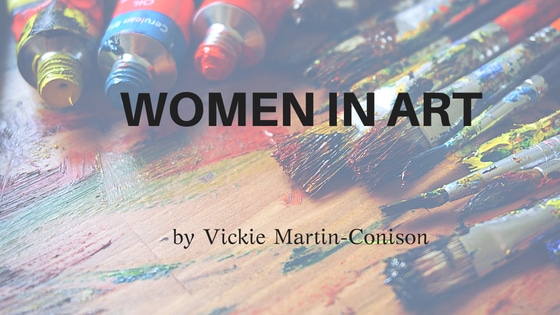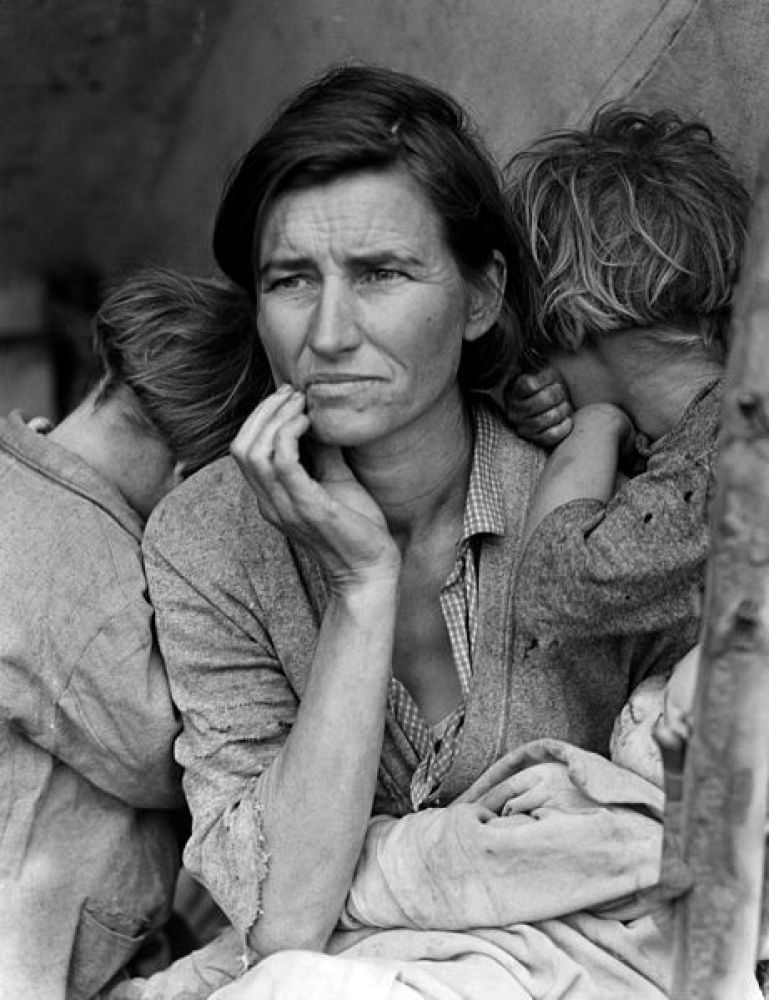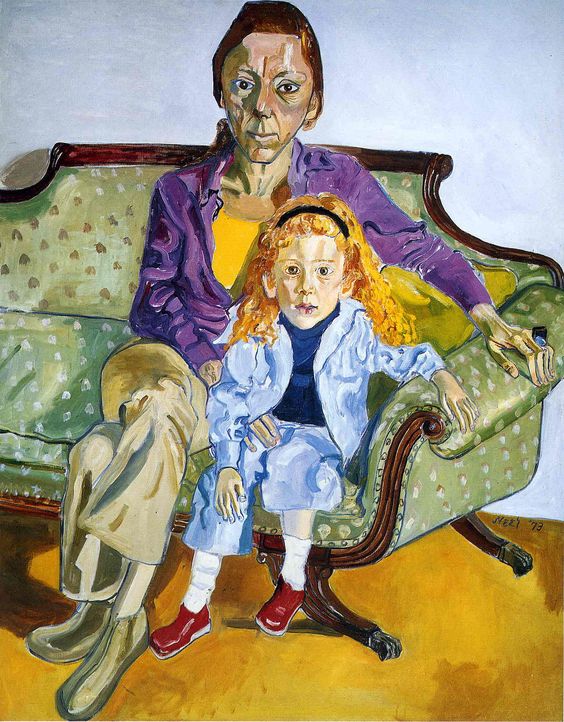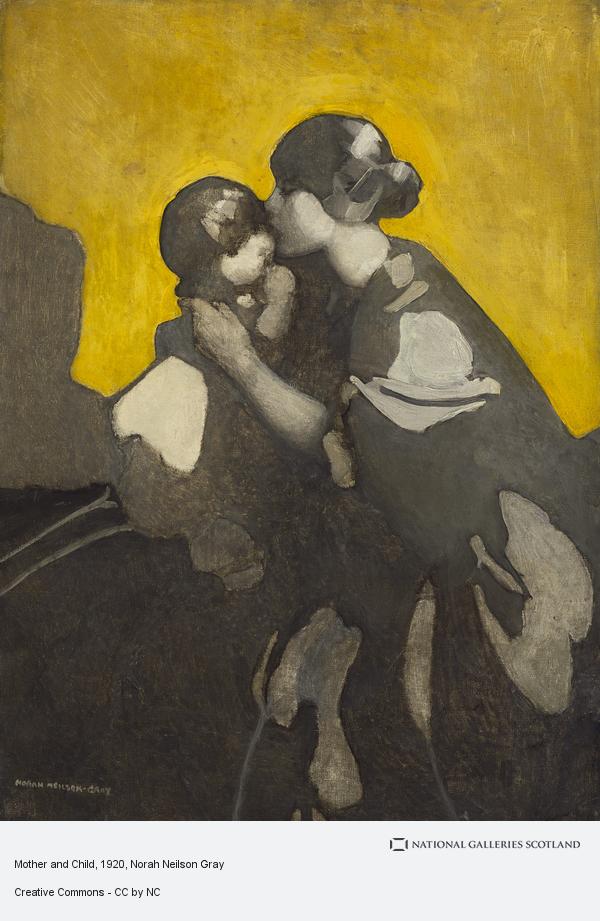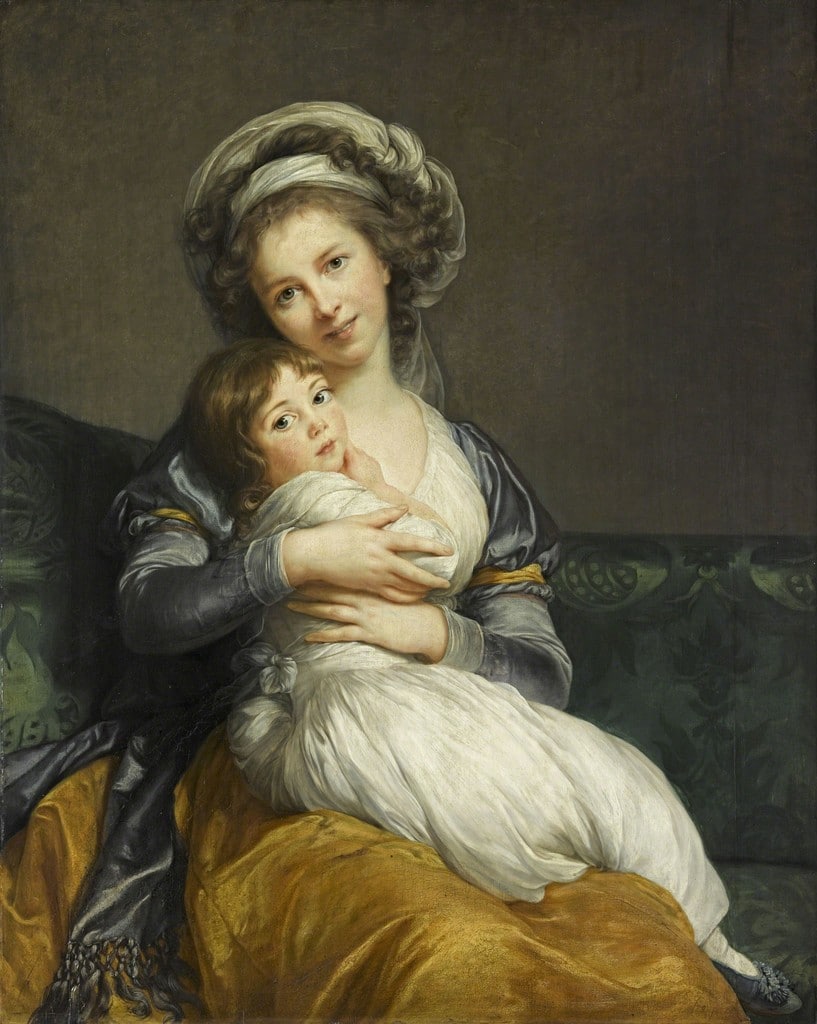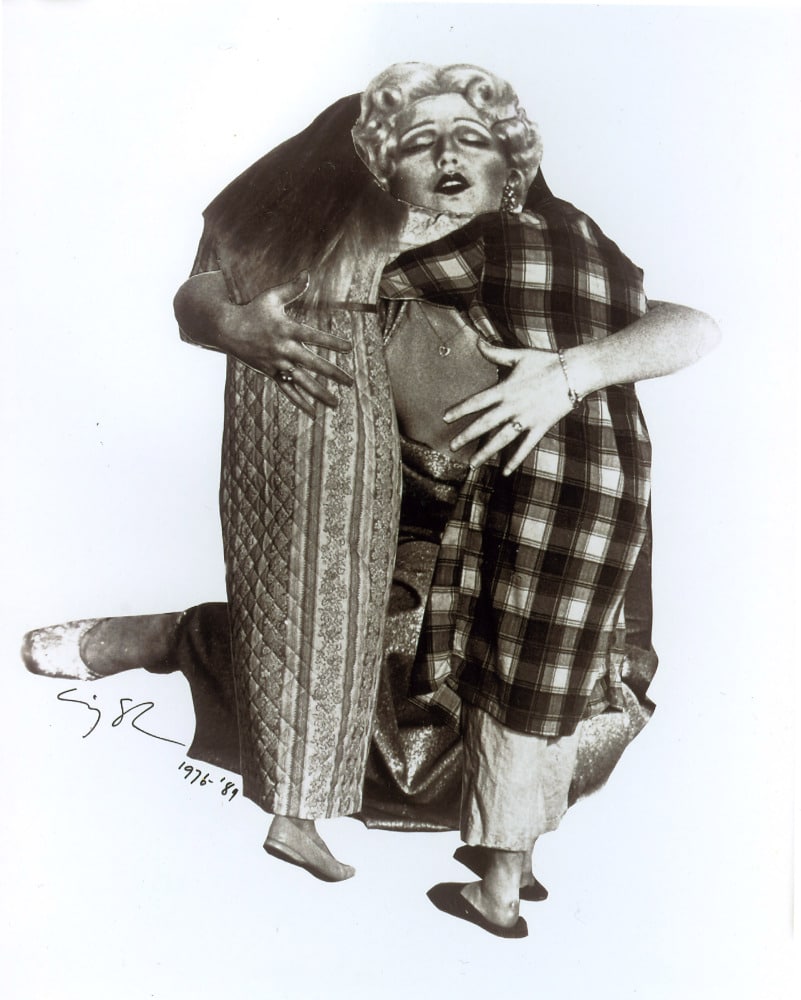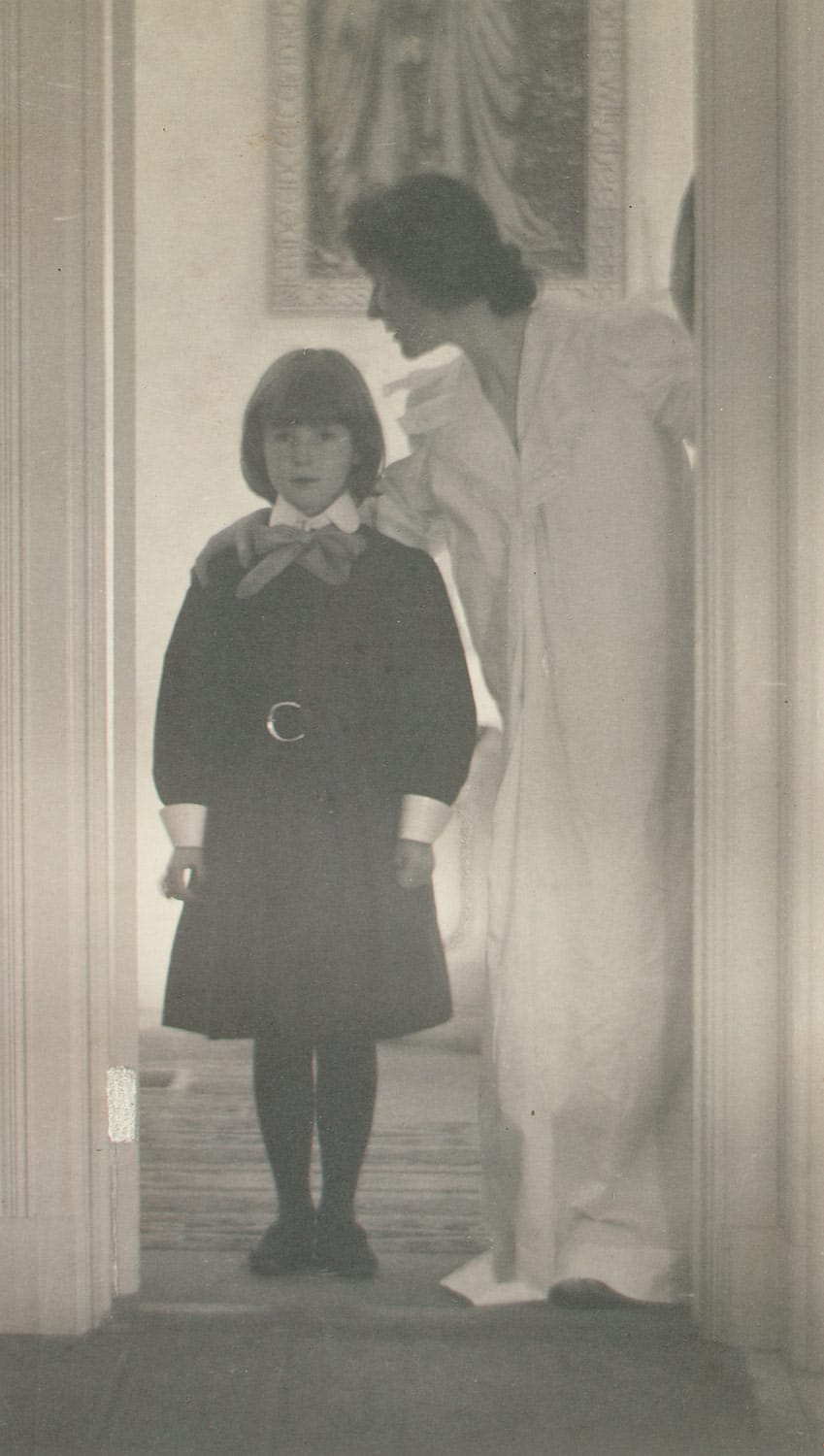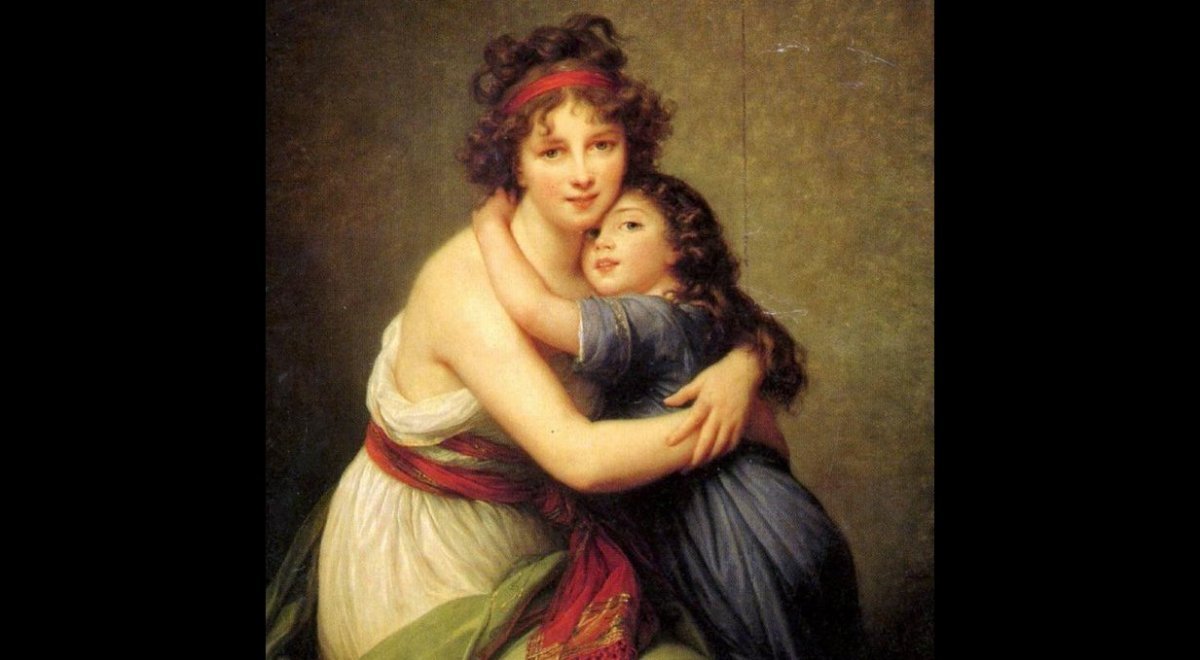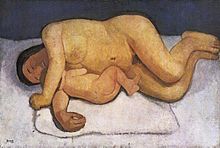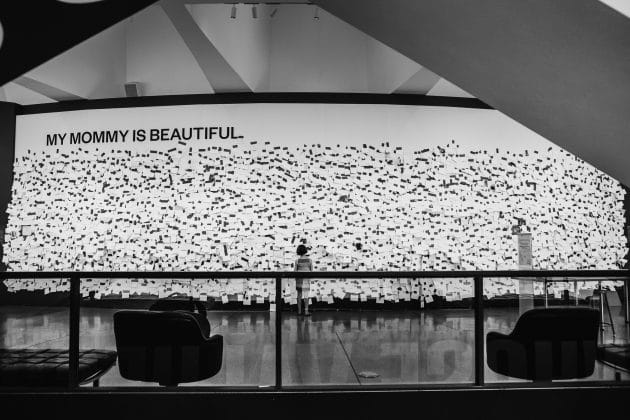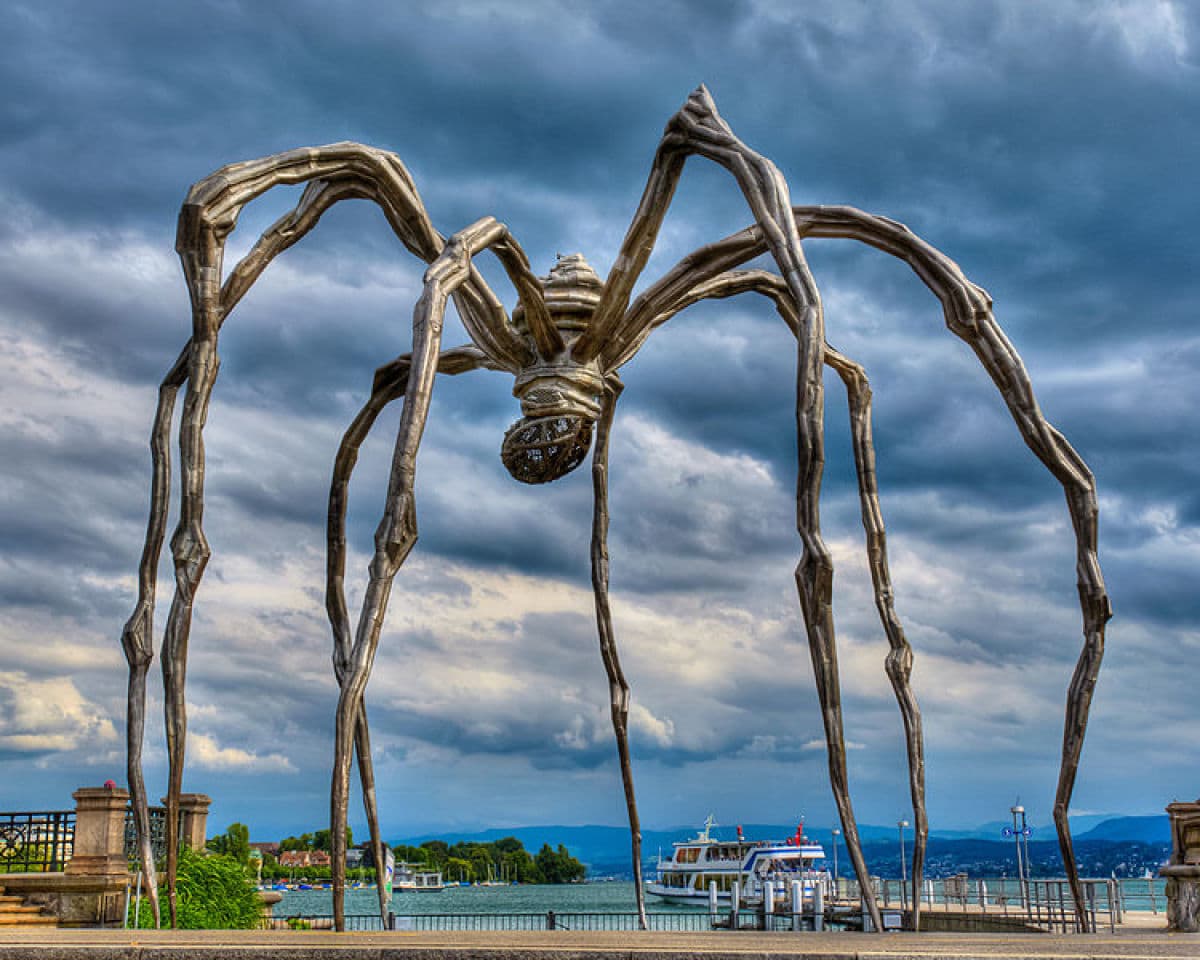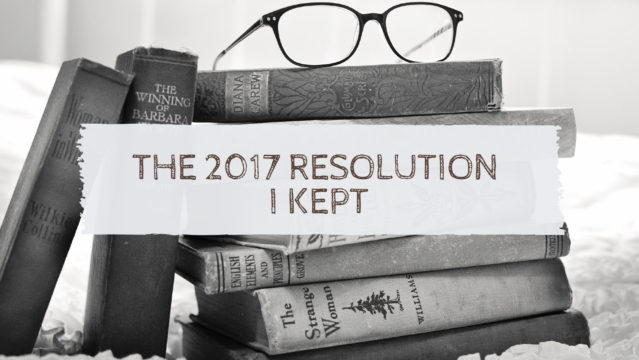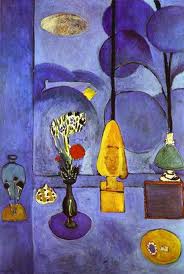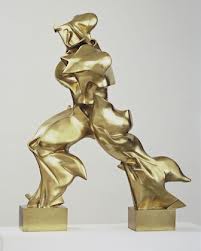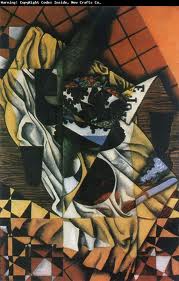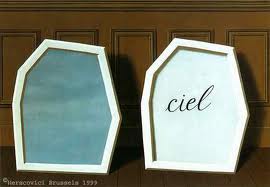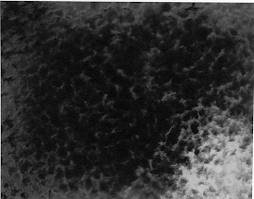I know setting your intentions is the big thing to do now, but I still made a New Year’s resolution for 2017 – TO READ LESS!!! I wasn’t specific enough – yes, I read 21 fewer books in 2017 than I did in 2016, but I read almost the same number of pages both years. What I need to do is spend LESS TIME reading! Bet you don’t hear that too often!
Yes, I read EVERY DAY and that won’t change. I start every day the same way – EVERY SINGLE DAY!
 I discovered a few things this year.
I discovered a few things this year.
What was the oldest book I read? Peter Pan by J.M. Barrie, written in 1904. Did you know that J.M. Barrie never physically described Peter, and in the early plays his outfit is made of autumn leaves and cobwebs – then Disney stepped in and created the Peter Pan we are familiar with today.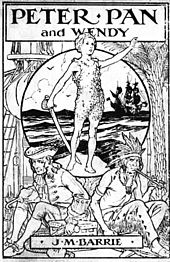
Which film adaptation differed the most from the book? Breakfast at Tiffany’s by Truman Capote. I’m not going to give anything away, except the endings are totally different and not all the characters in the book are in the movie, and not all the characters in the movie are in the book. Being a novella of only 100 pages or so, take an afternoon to read it and see for yourself. Truman Capote was NOT happy with the movie, he didn’t agree with the casting of Audrey Hepburn – he wanted Marilyn Monroe – can you imagine?
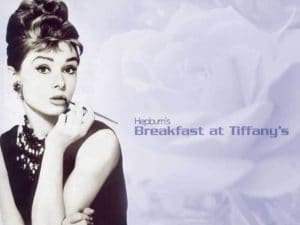
What was the most surprising connection I found within a book? After watching the superb documentary on PBS, H is for Hawk, The Next Chapter, I decided to read the prequel, H is for Hawk by Helen Macdonald. Helen had trouble adjusting after her father’s sudden death, so she trained a Goshawk (pronounced Gos-Hawk) named Mabel. As she embarks on this monumental task, she constantly refers to book The Goshawk written by T.H. White.
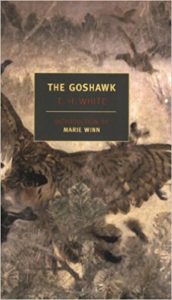
This may not seem like a big deal, but T.H. White wrote one of my favorite books of all time, The Once and Future King, which is the story of King Arthur. It begins with the story of The Sword in the Stone, with Merlyn telling Arthur (or Wart as he is called) that he will turn him into “everything in the world” for his education. In the same conversation, Merlyn states that “the way to learn” is “by listening to the experts.” So, Merlyn turns him into a fish, a goose, an ant, a badger, and of course, a hawk. The hawks are compared to knights, standing “gravely in their plumed helmets, spurred and armed.” T.H. White was a falconer himself.
The Once and the Future King is a book I have read at least three times,, and it is on my list reread in 2018!
WHAT AUTHORS DID I DISCOVER THIS YEAR? I discovered many, but there are two that stand out: Bill Bryson and Melissa Fay Green.
My journey will Bill Bryson began with The Life and Times of the Thunderbolt Kid, A Memoir, which was my pick for reading a book by an author from Iowa. (I’m on a quest to read a book by an author from each state). I also read A Walk in the Woods, Rediscovering America on the Appalachian Trail. A humorous book, it is still packed full of information about the trail itself and the US Forestry Department. It also reminded me of another resolution I did not fulfill – and that was to walk the Appalachian Trail – well, to walk ON the trail as I live a little over an hour from the beginning of the trail. I also read the highly entertaining The Road to Little Dribbling, Adventures of an American in Britain. which if I’d read the entire title, I would have known it wasn’t about basketball! It is highly entertaining and very well researched! I kept thinking about all those British mysteries I watch on TV!
The other writer is Mellisa Fay Greene, who happens to be a local writer here in Atlanta. I can’t believe it took me this long to pick up a book by her. Greene is the author of six books of nonfiction, a two-time National Book Award finalist, and a 2011 inductee into the Georgia Writers Hall of Fame. Her books have been translated into 15 languages, quite a resume! I read Praying for Sheetrock, her first book, which takes place a McIntosh County, a small coastal town in Southern Georgia in the 1970’s, that seemingly was bypassed by the Civil Rights Movement. I remembered part of this story, but the book brought these people to life.
The Underdogs, Children, Dogs and the Power of Unconditional Love. This is the story of Karen Shirk,, diagnosed at 24 of a neuromuscular disease and being rejected by every service dog agency as being “too disabled.” Encouraged by her nurse, she raised and trained her own service dog. Founding the service training center, 4 Paws for Ability, she has trained over a thousand dogs that go primarily to children. These are “wonder” tales, interspersed with scientific research on dogs and also on the human/dog bond. It is insightful, at times humorous and joyful, and sometimes heart wrenching. I have to say, I am a true dog lover and usually steer away from dog books, but this one was worth it.
WHAT BOOK WAS THE FUNNIEST BOOK I READ (not counting Bill Bryson)? Marrying George Clooney by Amy Ferris. Most women “of a certain age” may identify with these hilarious stories. Ferris begins chronicling her ramblings when she is awake in the middle of the night (think menopause). She googles old boyfriends, researches fatal diseases on the web, and imagines stories that are so absurd you will laugh out loud. At the same time she is trying to get care for her mom, who is suffering from dementia and has developed a crush on Jesus Christ.
WHAT BOOK DID I READ AGAIN, AND WILL PROBABLY READ AGAIN AND AGAIN? The Creative Habit, Learn It and Use it for Life by Twyla Tharp. I love this book, and it is one of the best resources for artists out there. There are 32 exercises based on lessons Twyla has learned throughout her amazing career. She shows you ways to observe the world around you – and then get it down on paper. If you think you should think outside the box, this book may not be for you – she says you need to understand what the box is in the first place and begins each new project with an actual box! She opens a new box and then fills it with anything that has a connection to the project or may be inspiration for the project.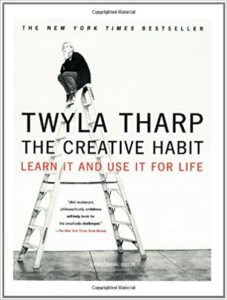 WHAT BOOK MADE ME PROUD OF THE TOWN NEXT TO MINE? Outcasts United, An American Town, A Refugee Team and One Women’s Quest to Make a Difference by Warren St. John. This story takes place in Clarkston Georgia, which is a few miles from downtown Atlanta and one exit away from me on the interstate. It was designated a refugee settlement center in the 1990’s- bringing people in from Liberia to Sudan to Afghanistan. Enter Luma Mufleh, an American-educated Jordanian woman who founded a youth soccer team to help the refugee children and keep them off the streets. Thus the team THE FUGEES was born. The story is inspiring, as this is a small town that is becoming a global community – and it shows the challenges they all face. It is truly inspirational and when it is made into a movie (which rumor says it has been optioned), it will be the feel good movie of the year.
WHAT BOOK MADE ME PROUD OF THE TOWN NEXT TO MINE? Outcasts United, An American Town, A Refugee Team and One Women’s Quest to Make a Difference by Warren St. John. This story takes place in Clarkston Georgia, which is a few miles from downtown Atlanta and one exit away from me on the interstate. It was designated a refugee settlement center in the 1990’s- bringing people in from Liberia to Sudan to Afghanistan. Enter Luma Mufleh, an American-educated Jordanian woman who founded a youth soccer team to help the refugee children and keep them off the streets. Thus the team THE FUGEES was born. The story is inspiring, as this is a small town that is becoming a global community – and it shows the challenges they all face. It is truly inspirational and when it is made into a movie (which rumor says it has been optioned), it will be the feel good movie of the year.
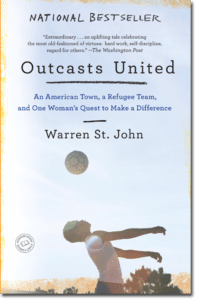
WHAT BOOK CAN I NOT BELIEVE IT TOOK ME TO LONG TO READ? The Handmaids Tale by Margaret Atwood. I don’t know why it took me so long to read it, because it now seems oddly prophetic now, and scary.
BOOK WITH THE MOST SURPRISING ENDING? Leaving Time by Jodi Picoult. Have you ever gotten to the end of the book and thought – how did I miss that? So much so, you consider going back and reading it again to pick up the clues? This is one of those books. It is the story of 13-year old Genna, who while searching for her missing mother, enlists the aid of a formerly famous psychic and a down and out detective to help her. Her mother disappeared 10 years ago from an elephant sanctuary. The book is well researched on elephant behavior. Luckily, this is a book club pick, so I am rereading it to pick up the clues!
HONORABLE MENTIONS for 2017
There are more, but these stood out. I thought about putting together a list of forgettable books, but they truly were forgettable. If I hadn’t logged them in on Good Reads, I wouldn’t have remembered them.
So, going forward into 2018, I hope to attempt another “resolution” from 2017 I didn’t get around to – I want to read The Iliad or The Odyssey (no – I’ve never read them). Maybe if I read a chapter a day, I’ll get through at least one of them!
What was your favorite book from 2017? What was the biggest surprise you found!
